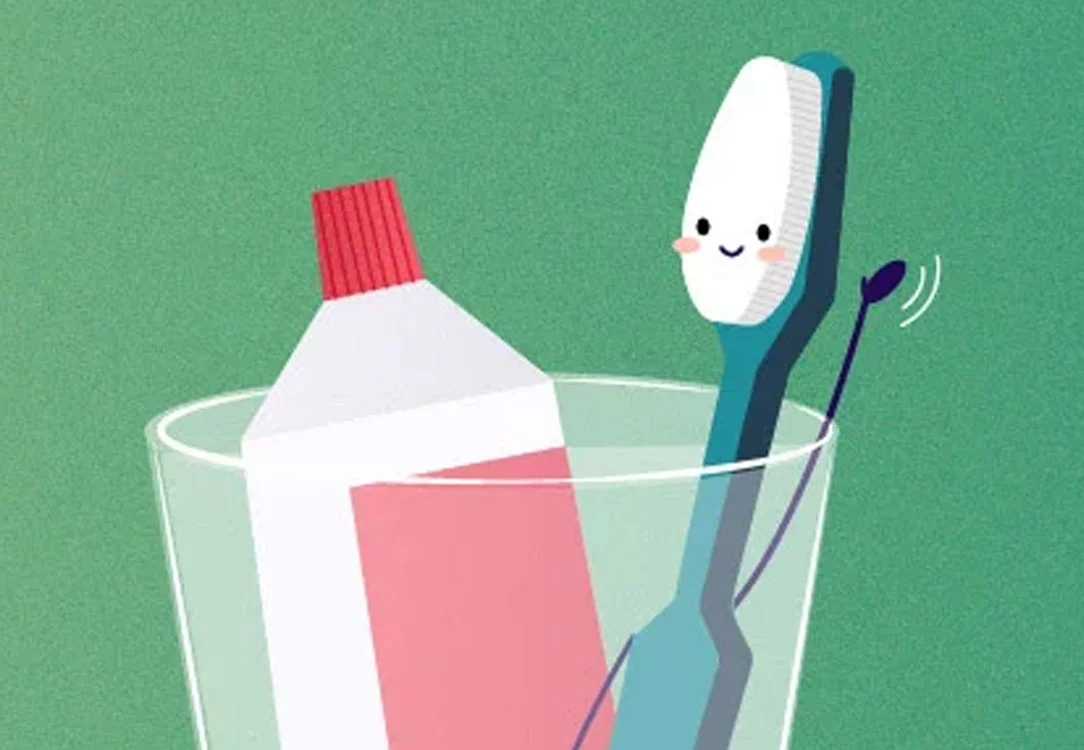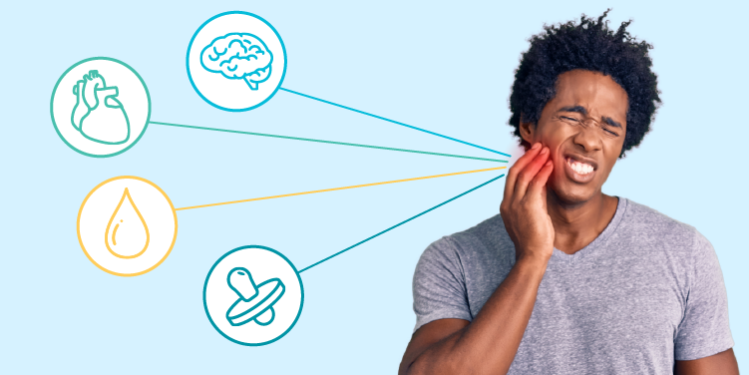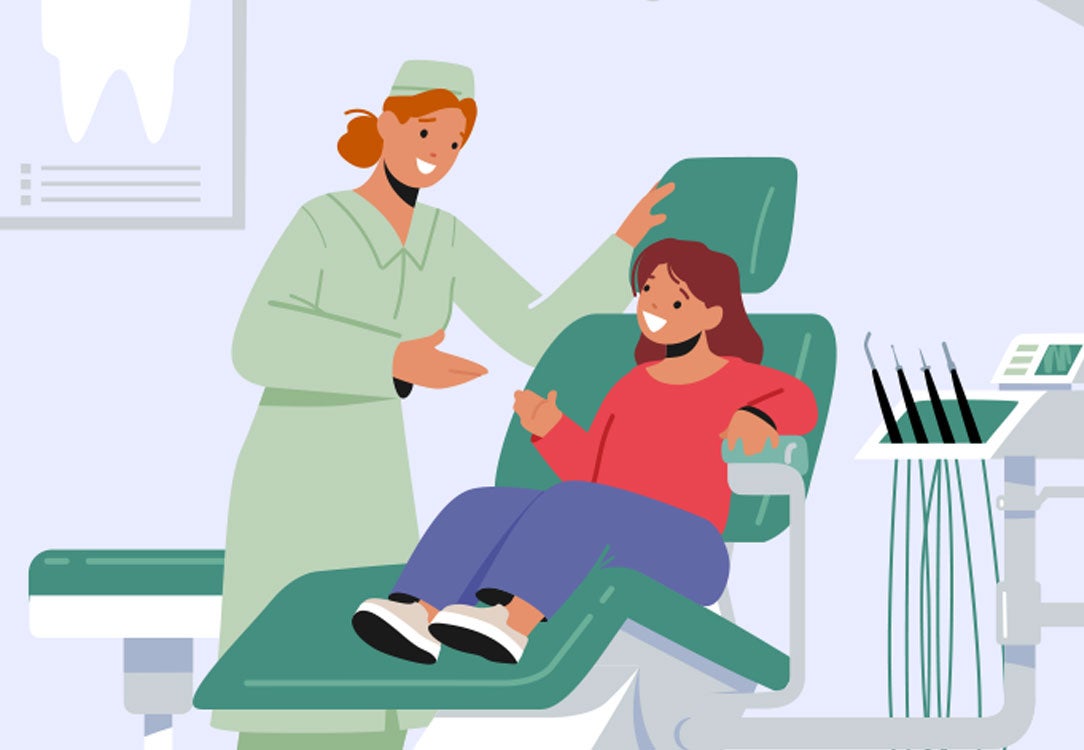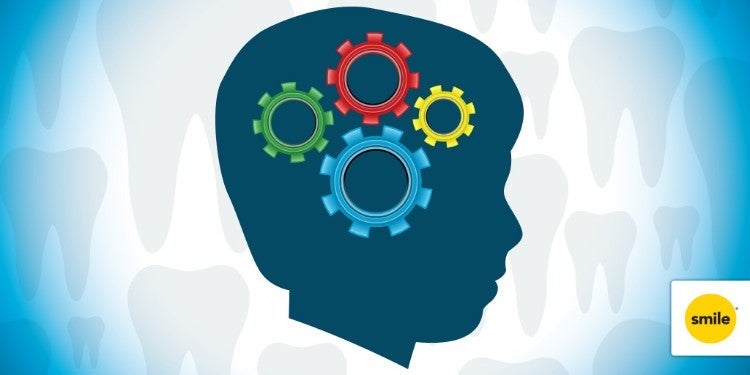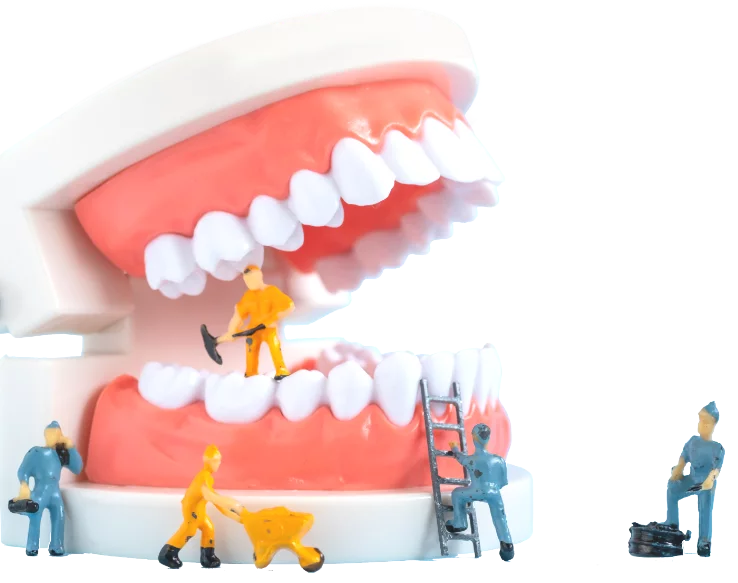When people hear the word dentistry, they probably think of cleaning teeth and dental procedures while not considering its history. But the history of dentistry dates to ancient Egypt back at 7500 B.C.
Ancient Times
Ancient Egyptians were the first people to have replacement teeth. These are the harbingers of modern dentures and crowns. Tooth decay was also recognized to be an issue as around 5000 B.C., a Sumerian text described “tooth worms” as causing decay.
The question of how long has dental disease existed can be traced back to the Ebers Papyrus and Egyptian text. It refers to tooth diseases and toothache remedies.
Middle Ages
Records dating back as far as 700 AD show the Chinese first using a “silver paste” as a type of amalgam.
1700s
How did They Brush Their Teeth in the 1700s?
William Addis of England invented the first somewhat modern toothbrush around 1780. The brush was made from swine bristles, while the handle was carved from cattle bone.
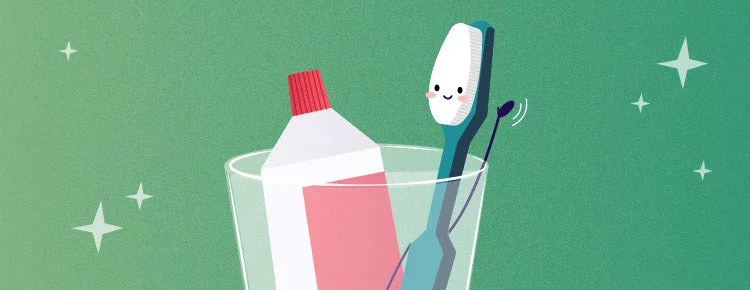
1800s
What did Teeth Look Like in the 1800s?
1900s
Who was the First Dentist?
Hesy-Ra
Archaeologists determined that he was a high-ranking official who served Pharaoh Djoser. He held the title of “Chief of Dentists.” The phrase “the greatest of those who deal with teeth, and of physicians” was inscribed on his tomb.
Robert Tanner Freeman
Dr. Robert Tanner Freeman became the first African-American to earn a dental degree. He graduated first in his class from Harvard Dental School in 1869 – just four years after the Civil War ended.
Paul Revere
Paul Revere is known for being one of the most ardent patriots and key figures of the American Revolution. But he also knew a thing or two about teeth.
Lucy Beaman Hobbs
Lucy Hobbs became the first woman to earn a Doctor of Dental Surgery degree in 1866. While teaching in Michigan, Hobbs developed an interest in medicine. She attempted to enroll in the Eclectic Medical College in Cincinnati but was denied by the school. They suggested she opt for dentistry.
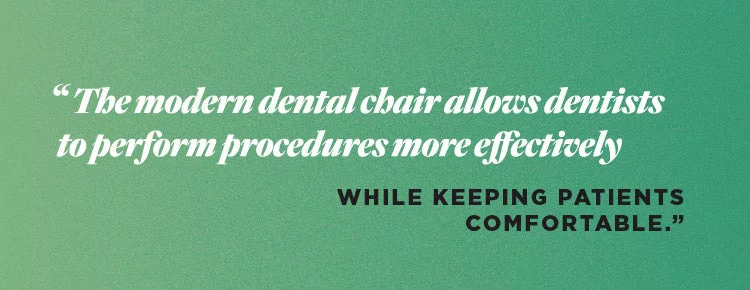
Irene Newman
Irene Newman is the name that answers the question: who was the first dental hygienist?
Evolution Oral Surgery
Who Invented the First Dental Chair?
As with other dental technologic aspects, the dental chair has become more advanced through the years. In 1790, an American dentist named Josiah Flagg invented the dental chair. It featured an extended armrest that held dental instruments. The chair also had an adjustable headrest that made patients more comfortable.
When was Novocaine Invented?
When was Mouthwash Invented?
Find a Dentist Near Me
Consult your dentist to discuss any questions about keeping your teeth healthy and clean. You can even chat about some of the more interesting dental history facts. Or, check out The Smile Generation to find a dentist near you for all your oral health needs. You can read patient reviews, peruse staff bios, and schedule an appointment online with a click of your mouse.
Find your trusted, local dentist today!
Sources
History of Dentistry, American Dental Association, https://www.ada.org/resources/ada-library/dental-history
Evolution of Dental Services – A History of Dentistry, Dental One Associates, https://www.dentalone-md.com/evolution-of-dental-services-a-history-of-dentistry/
Hesy-Ra: History’s First Dentist, University Associates in Dentistry, November 30, 2016, https://blog.uadchicago.com/blog/2016/11/hesy-ra-historys-first-dentist/
Benjamin, Winston, Robert Tanner Freeman, Black Past, January 18, 2007, https://www.blackpast.org/african-american-history/freeman-robert-tanner-1846-1873/
Paul Revere, America’s First Forensic Dentist, New England Historical Society, https://www.newenglandhistoricalsociety.com/paul-revere-americas-first-forensic-dentist/
Lucy Beaman Hobbs Taylor, Sindecuse Museum of Dentistry, University of Michigan School of Dentistry, https://www.sindecusemuseum.org/lucy-beaman-hobbs-taylor
Dental hygiene's grand history, RHD Magazine, July 1, 2010, https://www.rdhmag.com/career-profession/article/16407684/a-history-of-the-dental-hygiene-profession
History, Novocanie-Weebly, February 5, 2014, https://novocanie.weebly.com/history?c=mkt_w_chnl:aff_geo:all_prtnr:sas_subprtnr:1538097_camp:brand_adtype:txtlnk_ag:weebly_lptype:hp_var:358504&sscid=81k6_jz1wa
The History of Mouthwash, Oral-B, https://oralb.com/en-us/oral-health/why-oral-b/rinse/history-mouthwash/
History of Dental Hygiene, Crest, https://crest.com/en-us/oral-care-tips/oral-hygiene/history-dental-hygiene
The History of Dentistry, Colgate, March 24, 2022, https://www.colgate.com/en-us/oral-health/dental-visits/the-history-of-dentistry
Smile Generation blog articles are reviewed by a licensed dental professional before publishing. However, we present this information for educational purposes only with the intent to promote readers’ understanding of oral health and oral healthcare treatment options and technology. We do not intend for our blog content to substitute for professional dental care and clinical advice, diagnosis, or treatment planning provided by a licensed dental professional. Smile Generation always recommends seeking the advice of a dentist, physician, or other licensed healthcare professional for a dental or medical condition or treatment.


